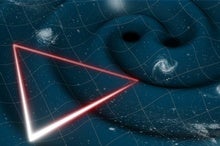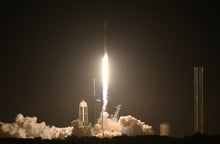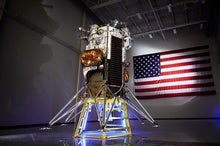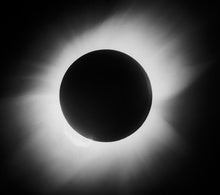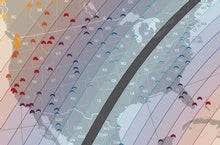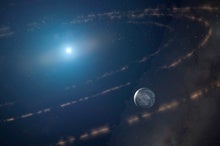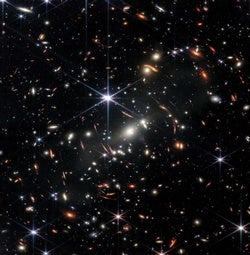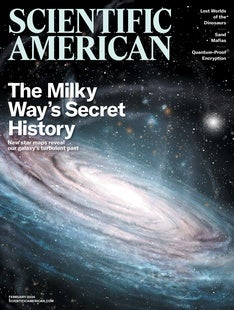 |
| February 15, 2024 |
This week, our top story grapples with a cosmic mystery. The James Webb Space Telescope (JWST) has found bunches of abnormally bulky and bright galaxies in the early universe—ones so hefty that scientists had struggled to explain how they could've grown so big so fast. Perhaps, some researchers thought, these overgrown galaxies were hinting that something fundamental was amiss with our most cherished models of cosmology. Now, JWST's predecessor the Hubble Space Telescope has weighed in, finding evidence that the bulky baby galaxies may merely be products of quirky astrophysics, rather than some mysterious gap in our fundamental knowledge of nature. That's good news for the scientific status quo—but perhaps a disappointment for theorists hoping to craft some new, paradigm-shattering advance in our cosmic understanding. Elsewhere this week, we have stories about the launch of yet another private U.S. lunar mission, the exciting prospects for space-based searches for gravitational waves, the strangeness of surreal numbers, and much more. Enjoy! |
| |
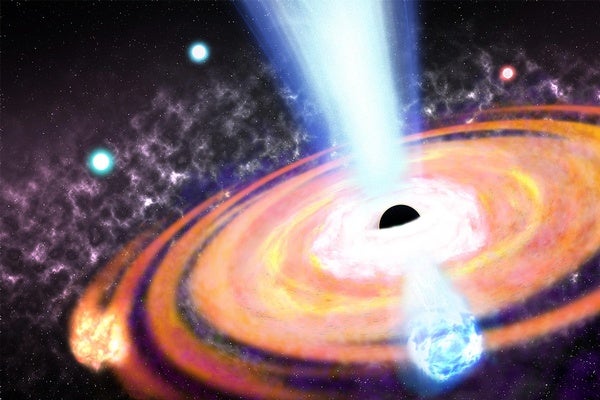 |
| |
| |
| |
| |
| |
| |
| |
| |
| |
FROM THE ARCHIVE
 | | | |
LATEST ISSUES
 |
| |
| Questions? Comments?  | |
| Download the Scientific American App |
| |
| |




